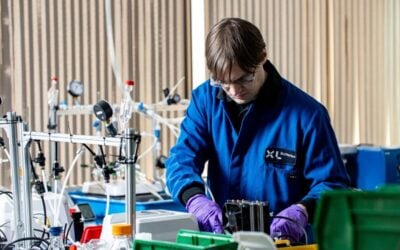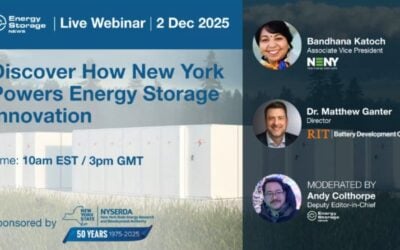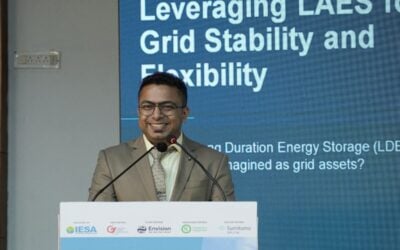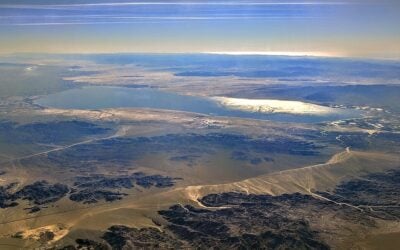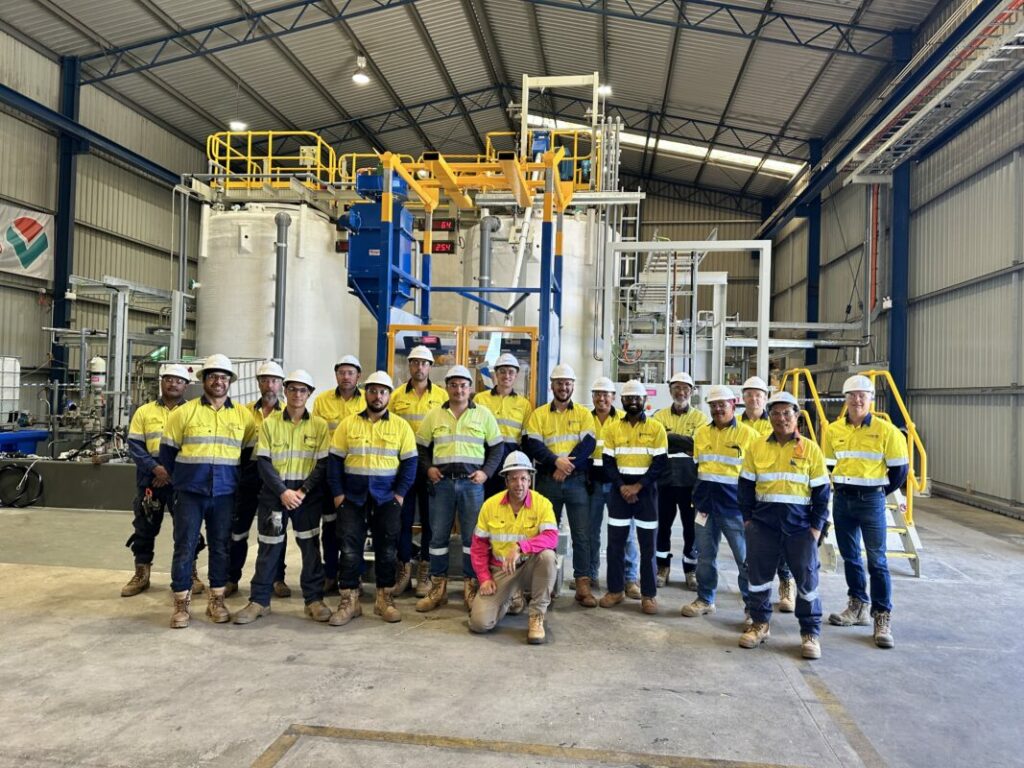
Construction has been completed at a factory making electrolyte for vanadium redox flow battery (VRFB) energy storage systems in Western Australia.
Vanadium resources company Australian Vanadium Limited (AVL) announced this morning (15 December) that it has finished work on the facility in a northern suburb of the Western Australian capital, Perth.
The factory will have an annual production capacity for 33MWh of electrolyte.
The plant has been supported with a grant from the Australian federal government under its Modern Manufacturing Initiative. AVL was selected in 2021 for an AU$3.69 million (US$2.48 million) award alongside seven other companies or projects focused on developing Australian resources and critical minerals sector value chains. The company today said the majority of that money went towards the new plant’s development.
Try Premium for just $1
- Full premium access for the first month at only $1
- Converts to an annual rate after 30 days unless cancelled
- Cancel anytime during the trial period
Premium Benefits
- Expert industry analysis and interviews
- Digital access to PV Tech Power journal
- Exclusive event discounts
Or get the full Premium subscription right away
Or continue reading this article for free
It was built by Western Australia-headquartered engineering group Primero. Primero has been handed a certificate of practical completion by AVL. That means the Primero construction team can now hand the plant over for commissioning, which is expected to be completed early next year.
AVL is also developing primary vanadium production and processing capabilities, building a processing hub aimed at producing 13,000 tonnes of vanadium pentoxide flake a year, and is then looking to build a vanadium mine, both also in Western Australia. The latter has been designated a project of national importance and is being fast-tracked by the government.
Access to electrolyte holds key to market
While vanadium redox flow batteries are considered a proven technology for delivering large capacity energy storage resources with fewer limits on storage duration and cycle life than lithium-ion, VRFBs are more expensive to buy upfront, and flow battery manufacturers do not have as well established supply chains to leverage as the more common lithium technologies.
Being able to access sufficient vanadium electrolyte if demand for VRFBs takes off as some have anticipated may be a challenge, and the electrolyte is commonly thought to be the most expensive component of a flow battery. In a Guest Blog for Energy-Storage.news earlier this year, Samantha McGahan, marketing manager for AVL, noted that the supply of electrolyte “is now playing the most important role in the batteries’ market growth”.
The major producer is currently China, although the highest purity vanadium electrolyte is produced in Arkansas, US, by US Vanadium. McGahan pointed out that the Arkansas facility’s annual production capacity is 4 million litres per year, equivalent to about 60MWh of flow battery capacity, slightly less than twice that of AVL’s new factory.
AVL has licensed its electrolyte production technology from US Vanadium, with AVL holding exclusive rights to the process in Australia and New Zealand. AVL claimed that using US Vanadium’s proven process helped to de-risk the project, while raw materials will initially be sourced from the US maker’s Arkansas plant until AVL’s own extraction facilities are up and running.
AVL is not alone in establishing electrolyte production in Australia: in June, Vecco Group, another company developing both flow battery electrolyte production and primary vanadium extraction facilities, opened a plant in Queensland.
Attended by state premier Annastacia Palaszczuk, the opening event took place at Vecco’s AU$26 million Townsville Vanadium Battery Manufacturing Facility, just three months after the start of construction was officially announced in March.
The Townsville plant is expected to be considerably larger than the AVL plant in Perth, with an initial 175MWh annual production capacity of liquid electrolyte made with vanadium pentoxide, ramping up to as much as 350MWh.
Elsewhere in the world, other vanadium electrolyte processing plants are in development or construction from primary vanadium producers Bushveld Minerals and Largo Resources in South Africa and Brazil respectively.
Energy-Storage.news’ publisher Solar Media will host the 1st Energy Storage Summit Australia, on 21-22 May 2024 in Sydney, NSW. Featuring a packed programme of panels, presentations and fireside chats from industry leaders focusing on accelerating the market for energy storage across the country. For more information, go to the website.

